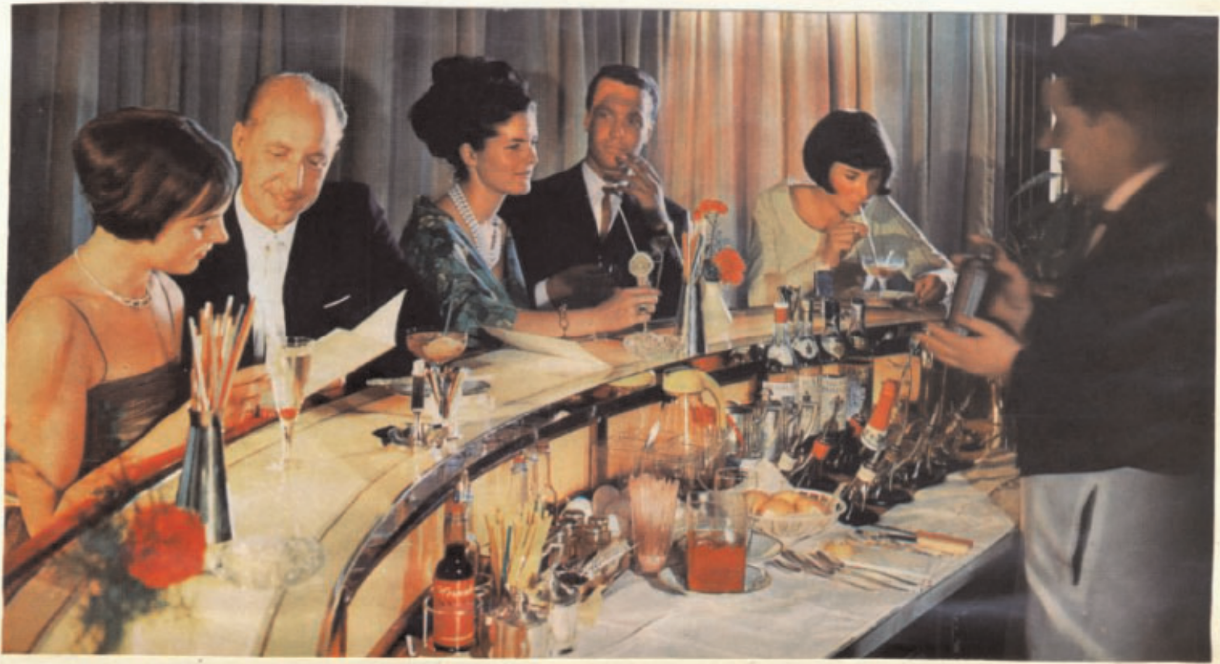Whilst the symbolism of tourism to Cuba was more important than its actual statistical impact, it is revealing to compare the GDR to Western European trends in this regard. Only a fraction of GDR holidays were taken outside of Europe. This was, however, part of a broader global pattern: in 1989, the percentage of West European holidays taken outside of Europe was 7 per cent.11
In terms of trajectory, however, the GDR bucked international trends. Holidays abroad as a percentage of overall trips actually declined throughout the 1970s, as the rate of foreign holidays remained stable while domestic holidays increased.12 Domestic holidaying eventually came to take up what Gerlinde Irmscher has described as an ‘excess of weight’ (Übergewicht) in the East German travel offer.13
As Hasso Spode notes, the amount of GDR tourists travelling abroad by the late 1980s lagged far behind comparative numbers in the Federal Republic of Germany (FRG), although corresponded similarly to those in France.14 As a destination for GDR citizens, Cuba probably never represented more than 5 per cent of all outgoing journeys.
Heike Wolter has estimated that the number of holidays made from the GDR to fellow socialist republics in Cuba, Vietnam, North Korea and Mongolia numbered 27,000 in 1970, rising to 74,000 by 1989. These figures represent almost 6 per cent of all foreign travel in the GDR in 1970, falling to just below 3 per cent in 1988/89.15
[…]
Cruising the socialist world system was a mix of luxury and politics (see Figure 1). The Swedish built, FDGB‐owned MS Völkerfreundschaft had gone into operation in 1960.22 At the time, GDR officials claimed it was the world’s largest operating cruise liner.23 On board, travellers could drink Cuba Libre (with Cuban Rum and GDR‐produced Vita Cola), attend bingo nights, dances, and film screenings, and morning exercise classes were held on deck.24 Alongside these events, there were also lectures given by political officers and veterans of the Spanish Civil War.25
The mix of leisure and politics was not seen as contradictory by GDR officials, but there were complaints regarding lack of attendance of the political lectures, and trade union functionaries repeatedly stressed that more effort should be put into refining ‘cultural life’ on board. In the 1960s, the ships would also deliver the physical manifestations of GDR solidarity: one ship for example took 2,500 ‘protest resolutions’ against U.S. intervention that had been written in GDR factories.26 On the return leg of the first journey, 10 wounded Cuban soldiers travelled back to the GDR for treatment.27
Figure 1. BStU MfS ZAIG 22671, p.30.What was the end goal? The ships were intended to serve various functions: originally dreamt up as a response to the 1953 uprisings by FDGB chief Herbert Warnke, they were conceived of as prestige objects, that would ‘act as visible evidence of the superiority of socialism over capitalism’, as one report to Stasi chief Erich Mielke in 1959 put it.28
For the FDGB, a key focus was boosting productivity, both before the journeys and after: the FDGB holidays were conceived of as Auszeichnungsreise, or ‘award trips’. The central FDGB board would distribute the trips down to individual brigades which had performed well, and the holidays would then be allocated to the outstanding workers within that brigade. The FDGB hoped the trips would spur workers to work harder, and that those who travelled would return home more motivated, committed socialists.29
The cruises would also serve the growth of a unified socialist world system. Repeated ad finitum [sic!] was the statement that socialist tourism was carried out Auf der Grundlage sozialistischer Produktionsverhältnisse: ‘On the basis of socialist conditions of production’.30 Because Marxist‐Leninists believed that the relations of production determine economics and social consciousness, it was seen that each society in which these conditions reign would naturally converge.31
(Emphasis original.)
While it is clear that a communist did not write this paper, by antisocialist standards this is a mostly mature examination and much of it is worth reading.


